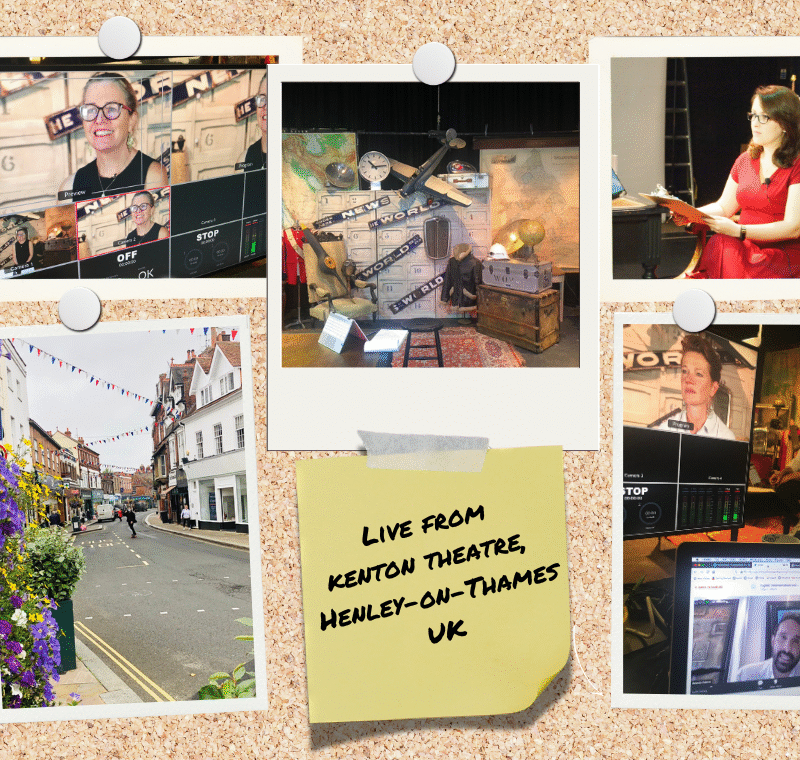The Guardian is now calling native ads ‘paid content’
Independent content funded by sponsors but created by Guardian reporters will also be labeled more clearly: The Guardian will stamp them with a “supported by” tag, which improves on the “sponsored by” tag that content carried previously.

The Guardian’s changes come just a month after the FTC issued stricter guidelines about how publishers should label their native ads. For one, the organisation said that it’s not crazy about the vague “promoted” or “promoted stories” labels that are largely meaningless to readers. It’s not hard to understand why publishers have gone that route. As the rise of ad blocking shows, web users’ aversion to online advertising is at at all-time high, which is why publishers are eager to stamp their ads with fuzzier, more vague terms.
On the other hand, transparency has its upsides, both for publishers and the brands they’re creating content for. “Brands shouldn’t have a vested interest in hiding when they’ve sponsored stuff. They’re paying for it,” said Sam Slaughter, VP of content at Contently. “The clearer a disclosure is, the more trustworthy the piece of content is.”
More like this
Consumers can’t tell native ads from editorial content









